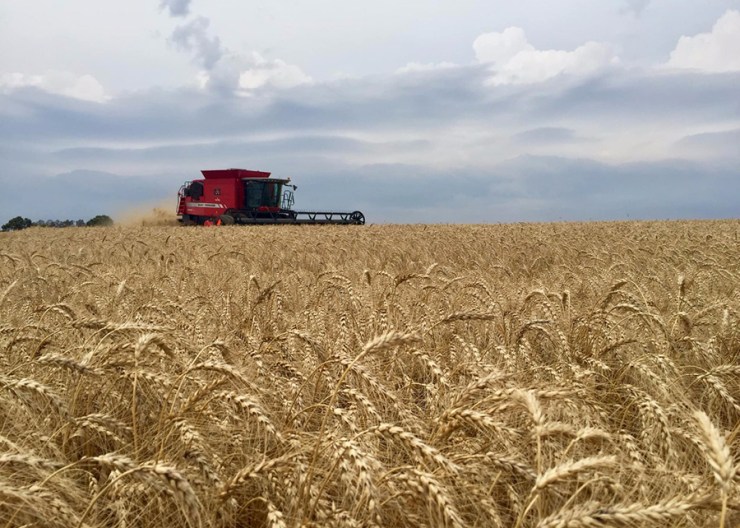The progress of the soybean harvest has influenced the prices charged in the grain transportation service market on the main routes surveyed by the National Supply Company. The analysis is included in the February edition of the Logistics Bulletin, released last Friday (28) by the National Supply Company (Conab). The prospect of a record production for the oilseed, estimated at 166 million tons, tends to generate pressure on the supply of trucks for grain transportation, which influences an increase in freight services.

Photo: Wenderson Araujo
“The increase in freight rates at the beginning of the year is expected, since it is the period when the soybean harvest begins. In 2025, the challenge arises, since there is the prospect of a record production. In addition, there was an increase in fuel prices, an important part of transportation costs, which suggests that freight rates will continue to rise in the first months of the year,” explains the Company’s Operational Logistics Superintendent, Thomé Guth.
This scenario is already being seen in Mato Grosso. The country's leading soybean producer, transport service prices rose significantly in January of this year, a trend that has also continued into early February. In the states of Minas Gerais, Bahia, Mato Grosso do Sul, Maranhão and the Federal District, logistics flow for grain transportation has seen a rise in demand, putting pressure on prices on the main routes surveyed by Conab.

Photo: Jonathan Campos
In Goiás, another important oilseed producing state, the situation is similar. Demand for freight in the Rio Verde region began to rise, mainly after the second half of January, justified by the beginning of the soybean harvest in the region. Demand for grain transportation services in the producing areas of Goiás where harvesting work was not intensified was lower. A similar scenario was observed in Paraná. In the Ponta Grossa region, the variation in freight rates was negative, since the harvest is later than in western Paraná.
In São Paulo, grain transportation service prices remained stable on most routes analyzed by the Company. Only the Palmital and Franca routes showed a drop in prices. In Piauí, the freight market remained sluggish. On average, considering all routes, prices charged in January fell by approximately 4% compared to the prices charged in December. This scenario of low movement in the freight market is mainly a consequence of weak demand for trucks, due to the reduction in the volume of grain shipments both in the domestic market and for export, since the harvests of the current crop have not yet started and stocks for the 2023/24 crop are practically exhausted.
Exports

Photo: Claudio Neves
Corn shipments in January this year were 3.6 million tons, compared to 4.8 million in the same period in 2024. In this first month, the port of Santos was once again the main hub for the flow of the cereal, accounting for 45% of the movement against 37% in the same period last year. Next, the ports of the Northern Arc shipped 31.3% of the grain shipped, the port of São Francisco do Sul 15.6%, while the port of Paranaguá recorded 6% of the volumes shipped. Soybean exports reached 1.07 million tons in January.
Conab's monthly newsletter collects data on the freight market in ten producing states, with analyses of the logistical aspects of the agricultural sector, the position of exports of important agricultural products in Brazil, analysis of the flow of cargo movement and a survey of the main routes used to transport the harvest. The Bulletin also provides information on the movement of Conab's stocks, carried out by carriers contracted via electronic auction.
Click here to check the full edition of the Logistics Bulletin – February/2025, available on the Company’s website.





